Story Highlight
– Households warned of gas hob dangers in winter.
– Closed windows increase indoor air pollution risks.
– Gas cooking linked to respiratory issues and cognitive decline.
– Proper ventilation crucial when using gas appliances.
– Consider switching to electric cooking for safety.
Full Story
Households across the UK are being cautioned about the potential health risks associated with the use of gas hobs, particularly as the weather turns colder and people tend to shut their windows to maintain warmth. With the approach of the darker evenings of October, many families are opting to keep their homes insulated and cosy, but this practice could lead to serious air quality issues.
According to Clean Air Hub UK, gas cooking is a significant contributor to indoor air pollution and is particularly noted for generating nitrogen dioxide (NO2), which is a harmful pollutant. The organisation reports that gas hobs can produce levels of nitrogen dioxide that surpass the air quality guidelines established by the World Health Organisation, as well as exceeding limits set by the UK Health and Safety Executive for indoor environments. This kind of pollution is not merely technical; it has real-world health implications, being linked to respiratory ailments such as asthma in both children and adults, diminished lung function, and even more severe conditions like dementia and cognitive decline.
Gas appliances not only emit nitrogen dioxide when in use, but they can also leak other harmful substances such as carbon monoxide, carbon dioxide, and methane when they are not actively cooking. Methane, in particular, is a powerful greenhouse gas, while benzene is recognised as a human carcinogen. The potential for these emissions to linger in a home environment raises serious concerns about the safety of using gas appliances without adequate ventilation. The Clean Air Hub emphasises that the impact of gas cooking on asthma rates in children is comparable to that of exposure to second-hand smoke.
Additionally, studies have pointed towards disturbing correlations between gas cooking and developmental issues in young children. Research indicates a link between nitrogen dioxide exposure during infancy and negative effects on memory and verbal skills, as well as a greater likelihood of Attention Deficit Hyperactivity Disorder (ADHD) symptoms later in life.
In light of these concerns, experts recommend households continue to use gas hobs with heightened caution. One key piece of advice is to ensure proper kitchen ventilation during cooking activities, which is essential to mitigate the accumulation of indoor pollutants. Homeowners are encouraged to operate a range hood that vents to the outside or to keep windows open while cooking. This ventilation should extend for at least ten minutes post-cooking to help disperse residual pollutants.
Furthermore, it is advisable for families to consider switching to electric appliances when possible. Regular servicing of gas appliances, ideally on an annual basis, is also strongly recommended to ensure safe operation. Another important safety measure is the installation of carbon monoxide detectors in kitchen areas and adjacent rooms to monitor for dangerous gas levels.
While many may find themselves reliant on gas to prepare meals, experts suggest utilising other cooking methods and appliances such as electric kettles, microwaves, rice cookers, and air fryers as a way to lower exposure to harmful emissions associated with gas cooking.
As the temperatures drop and the tendency to hermetically seal our homes increases, it is crucial for households to remain vigilant about indoor air quality. Using gas appliances poses significant risks, but with the appropriate precautions and measures, families can enjoy their cooking while minimising health hazards. The guidance provided by health organizations underscores the importance of making informed choices in the kitchen, particularly during the colder months when indoor air quality can greatly decline.









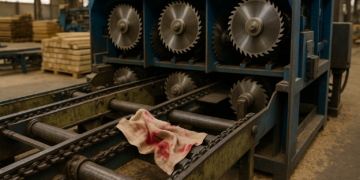

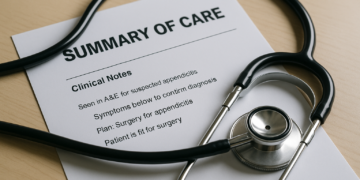


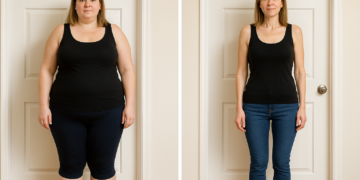


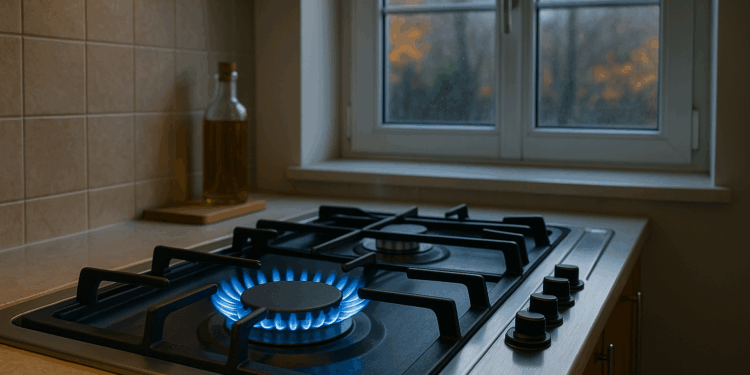

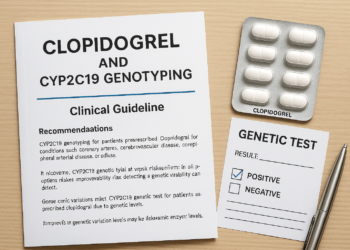



Good to see the risks being highlighted. Cooking on gas can raise indoor nitrogen dioxide and fine particle levels, which are linked to breathing problems and can affect children’s and older adults health. Even simple actions help reduce exposure: use a cooker hood that vents outside or open a window while cooking, run ventilation for a few minutes after, and avoid leaving gas hobs on high if not needed. For households with asthma or other lung conditions switching to electric or induction hobs will cut pollution at source, but where that is not possible focusing on ventilation and regular appliance maintenance will make a real difference.
Important reminder. Even brief cooking can raise indoor nitrogen dioxide and fine particle levels, and the risk grows with windows closed. Use extractor fans that vent outside or open a window while cooking, avoid using gas hobs for prolonged simmering, and ensure boilers and gas appliances are serviced regularly. Where possible consider induction or other electric cooking as a longer term way to reduce indoor pollution, especially in homes with young children, older adults or people with respiratory conditions.
Useful reminder to ensure good ventilation when cooking. Even if you keep warm by closing windows, opening a window briefly or using an extractor fan while you cook can reduce pollutants and help protect lungs, especially for children, older adults and people with breathing conditions. If you are able to, consider switching to electric hobs over time and have gas appliances checked regularly to ensure safe operation.